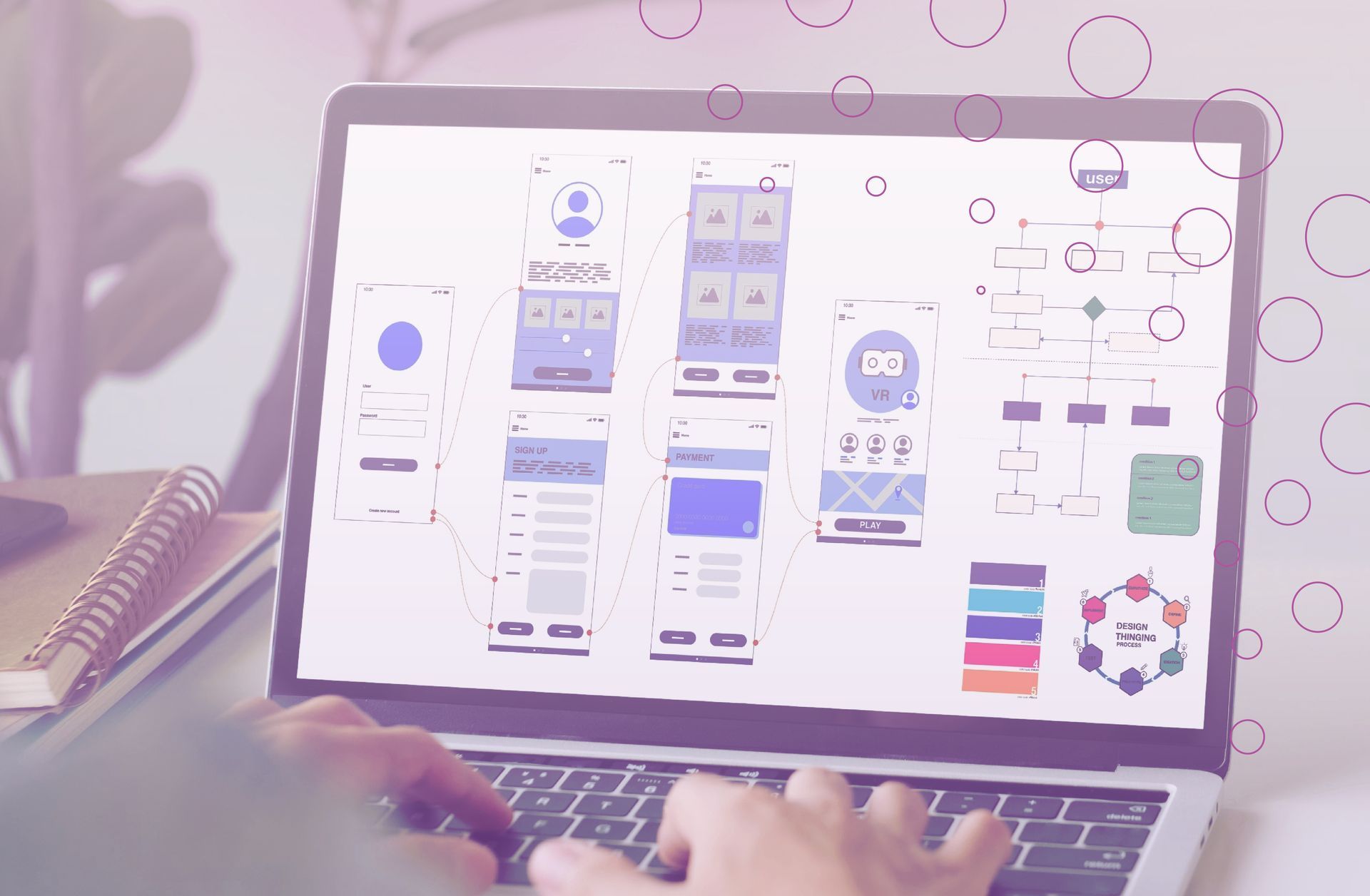Digital Communication Methods Compared
Face-to-face conversations are an endangered species in a post-corona world, and
digital communication now rules supreme. But which communication method is the one for you? Let’s compare the options on offer and see if we can’t figure out what you should be using.
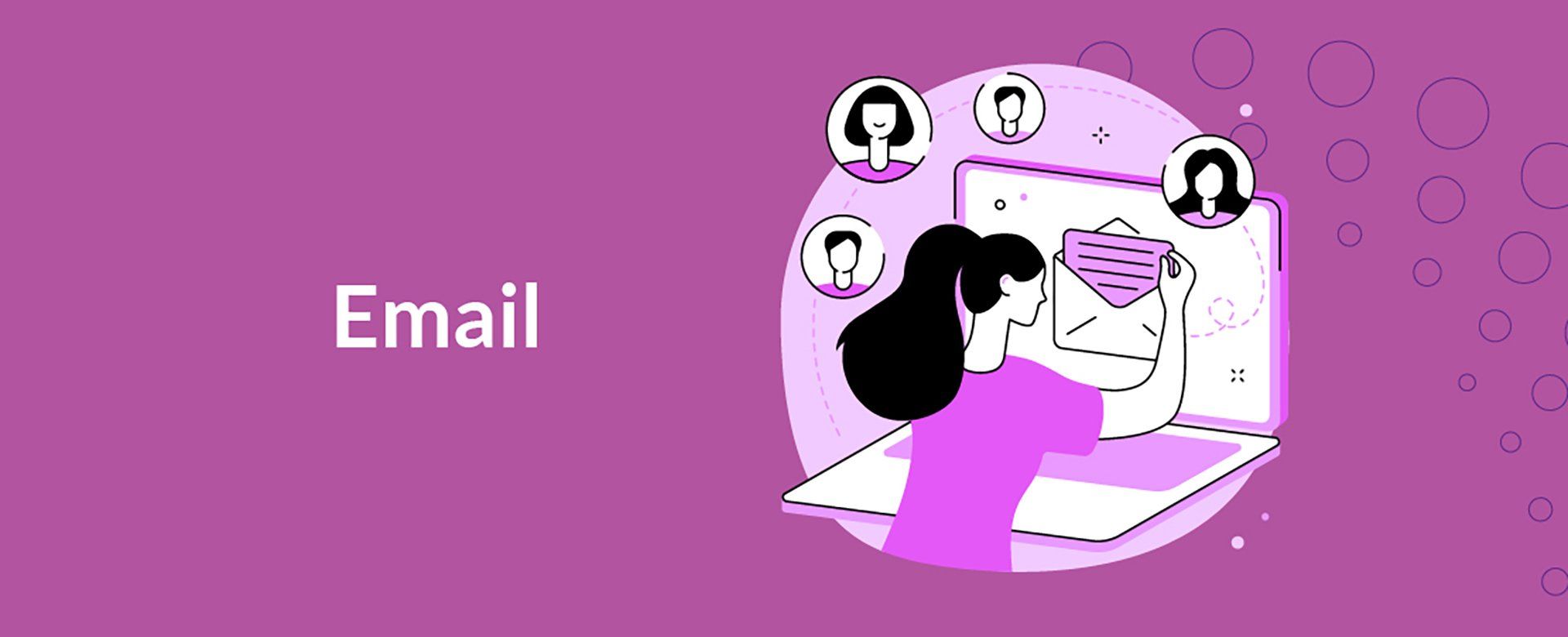
Email is far from a glamorous way to communicate, and yet everyone is using it, so there must be a good reason, right? There are in fact a host of good reasons to be making use of email to communicate with your team, business contacts, and Customers.
Emails arrive in the inboxes of their recipients instantly, but then sit there patiently until they have the time to open them. This instant but not urgent communication is perfect for busy people who don’t necessarily have the time to drop everything and talk to you right away.
Emails can also easily include a large number of people at once, and with a written record being automatically produced and made available to all parties involved, they’re ideal for long conversations.
The list of disadvantages is short but needs to be noted. Not requiring your recipient to open the email immediately means there’s a chance it could sit there for a very long time before they see it, and it requires exchanging emails to get in touch.
Overall it’s an extremely useful communication method, you can see why everyone makes use of it.
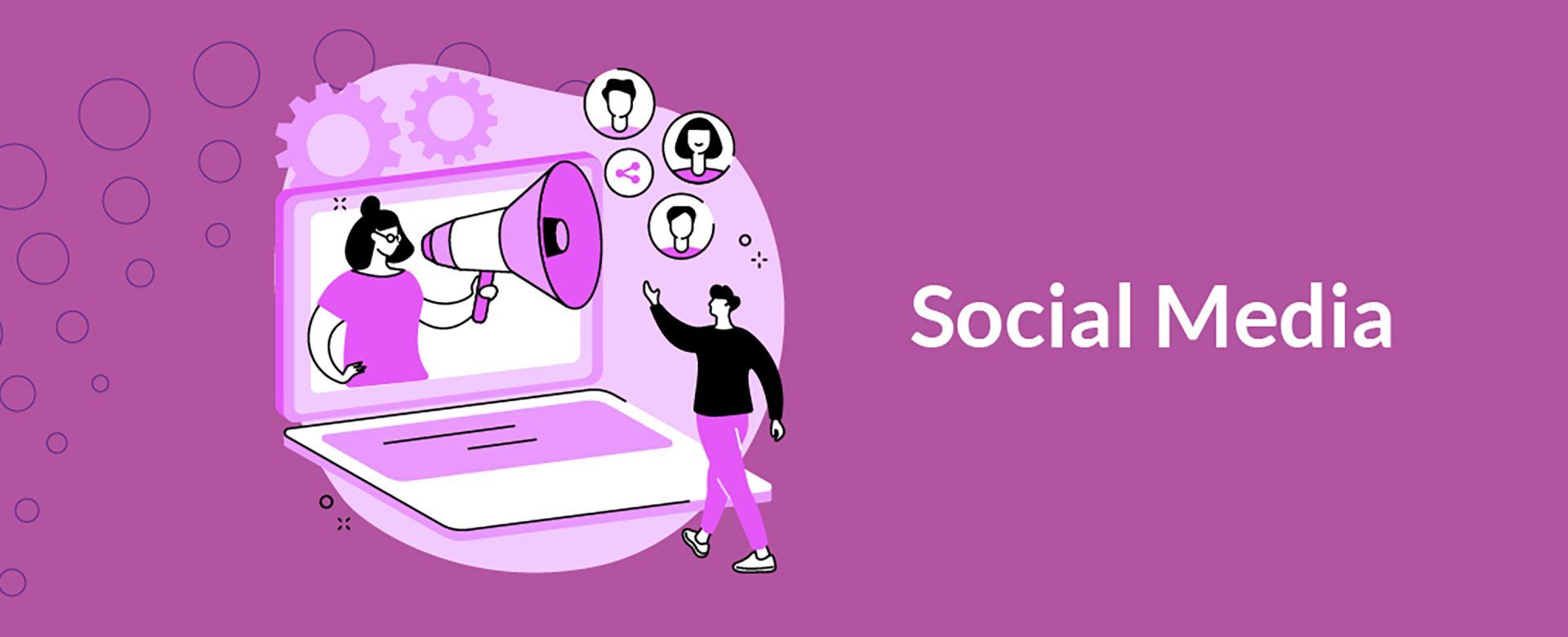
Social Media
Perhaps the polar opposite of email communication is Social Media communication. Whereas email is generally considered unexciting, Social Media is where all the excitement is found. We won’t go into each individual platform here, that would take far too long, so we’ll be generalising the overall Social Media experience instead.
Social Media is a very informal way of communicating, people rarely plan a conversation on socials, they happen naturally. This is helped by the discoverability aspect that is unique to this form of communication.
There aren’t many other communication methods that let you strike up a conversation with someone you’re not already connected to, and you absolutely should be leveraging this unique strength.
It’s not ideal for long conversations, for that you would want to move your conversation partner onto another channel, but it’s excellent for making contact with new people in a low pressure environment.
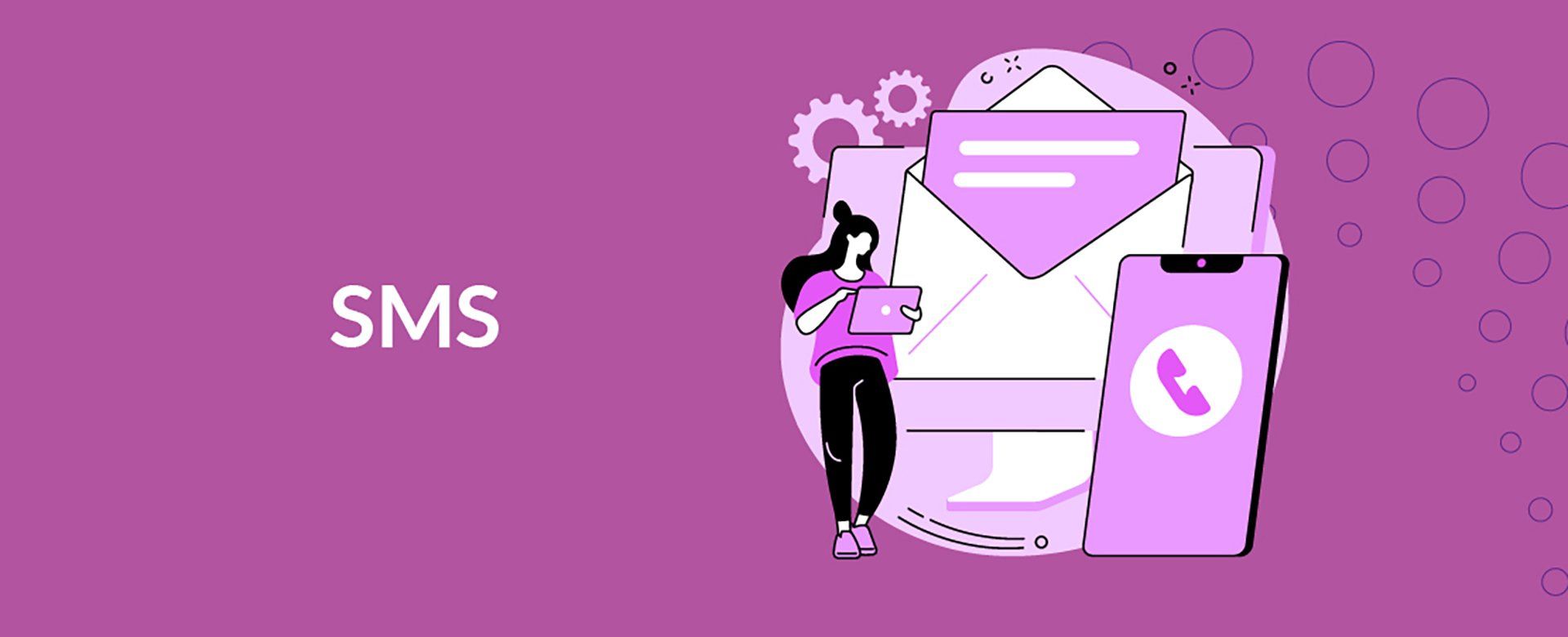
SMS
Texting shares some similarities with email, it’s in text, and it has similar instant but not urgent messages. Similar but not the same, a buzzing phone has a little more urgency than an email, and makes this format very useful for sending out small but urgent updates.
And they must be small, because this is not a communication method that is well suited to long conversations. Character limits and the mandatory phone keyboard make holding lengthy conversations a struggle. Some assistance will be required to mass text a large list of people, but it is doable.
Overall this method is best suited to short conversations, especially of the one-sided variety.
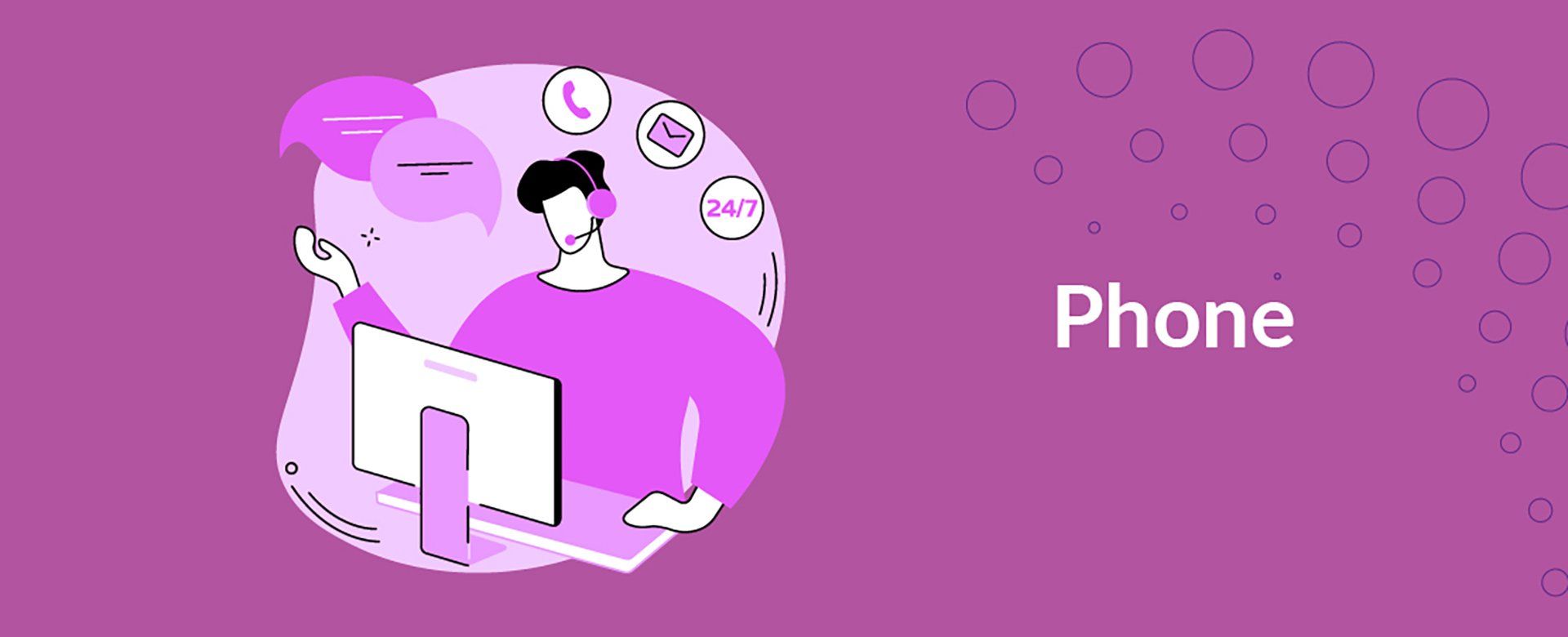
Phone
Now for phone calls, the oldest communication method on this list, in use for almost 150 years and still going strong. There's a good reason for that longevity, as much as they’re falling out of fashion, an old fashioned phone call is still a very effective communication method.
The best thing about a phone call is that it allows you to communicate a far broader range of social cues than simple text will allow. If you’ve ever sent something via text and had it be completely misinterpreted, you know what we mean, tone of voice just makes communicating your exact meaning easier.
But it’s not without its drawbacks. If you miss a phone call then it doesn't happen, necessitating rescheduling to try again. It also requires some additional work to create a record of what was discussed, it’s a hassle to try and talk to more than one person at a time, and as we mentioned younger generations are increasingly uninterested in phone conversations.
Overall phone calls are a
useful but divisive communication method, how much mileage you get out of them will depend on the demographics of your audience.
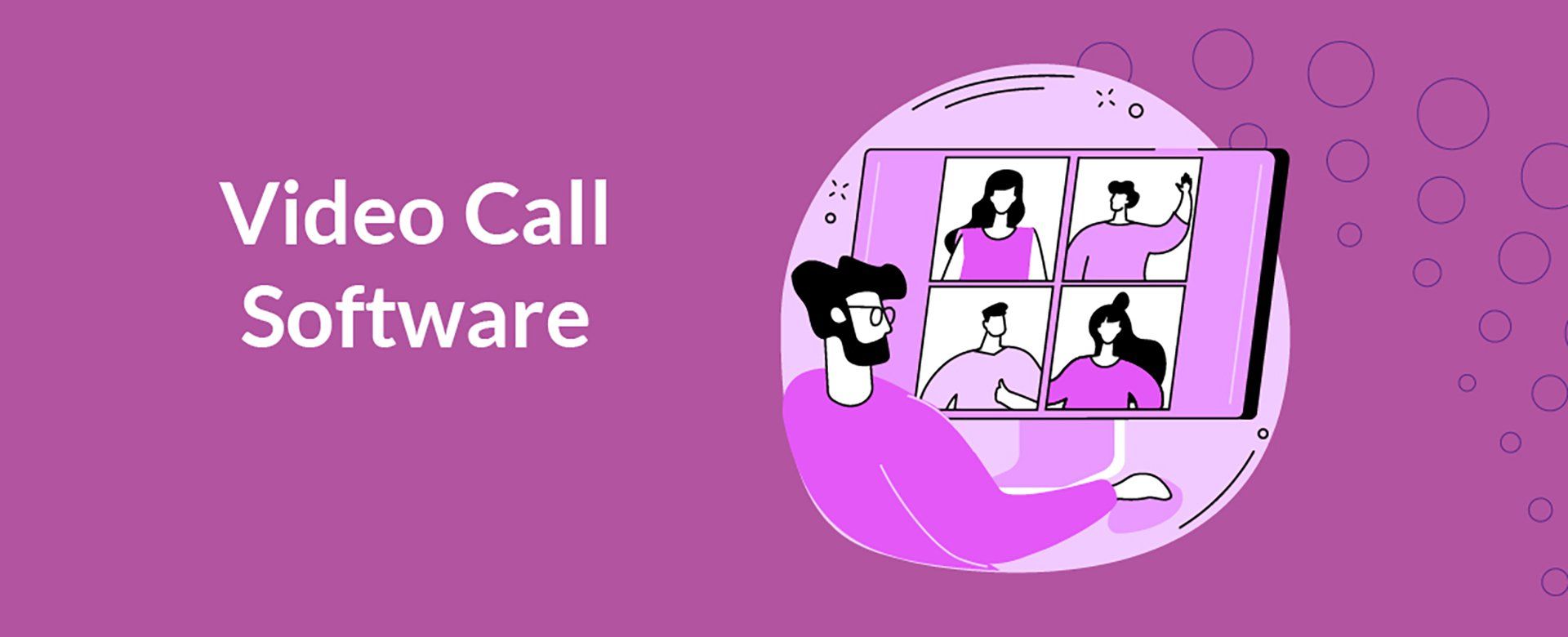
Video Call Software
The new kid on the block that has exploded in popularity over the last few years, video call software (eg. Zoom, Skype, Microsoft Teams) is just a phone call but with video on top. It’s ironic really, that the newest communication method is just an update of the oldest.
Everything we said about phone calls applies here, except you can convey even more social cues thanks to the visual element. Being able to see and hear those you’re talking with makes this by far the closest thing to an in person conversation.
It’s also dead simple to add lots of people into a single conversation, and you can share screens with each other to further elucidate complicated conversations.
If you’re already in contact with someone, and especially if you’re working with them, this is an amazing communication method to have on hand if in-person conversations aren’t an option.

Blog
It’s definitely not a method for having a conversation, but you can still communicate using a blog.
Why do you want to? Firstly, blog posts are usually publicly available, so you can use them to make first contact with strangers, which is always handy. Secondly, they’re a fantastic way to communicate something long form, which is a big benefit as you’ll be able to marshal your thoughts beforehand.
Again, you can’t have a conversation with them, but you can express large or complicated thoughts uninterrupted and with plenty of time to plan it out beforehand. A niche method, but a useful one, as we’ve just demonstrated.
That concludes our discussion of communication methods, hopefully you’ve gained some insights into the strengths and weaknesses of the ones you’re using, as well as those you’ve overlooked up to this point. Good communication is essential in everything, especially business, so get to it!






